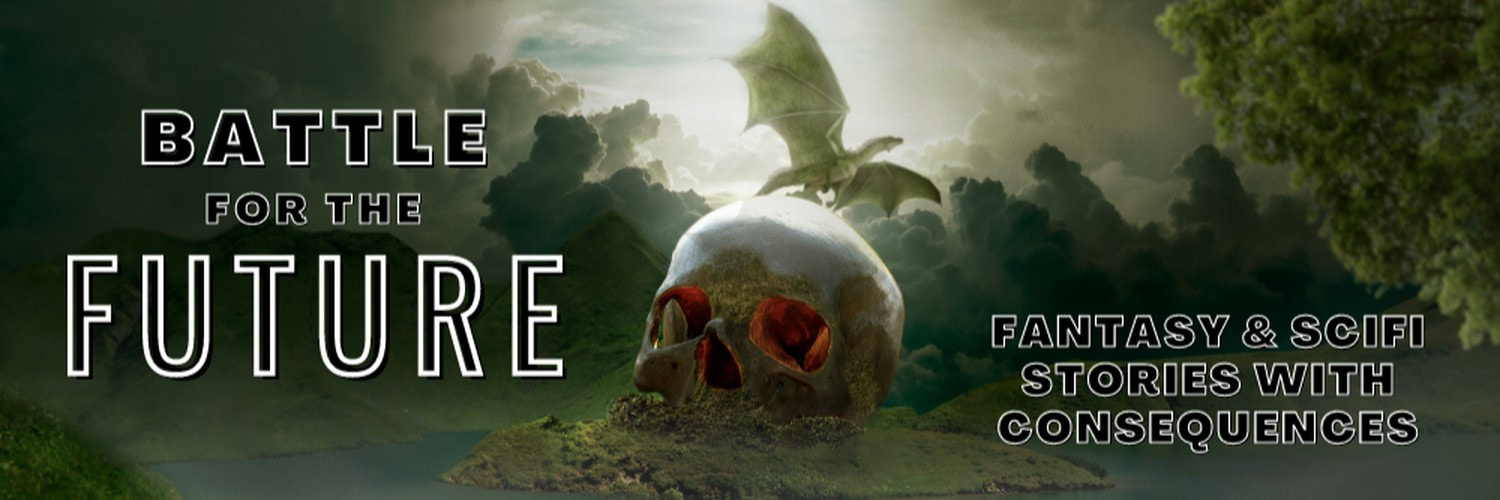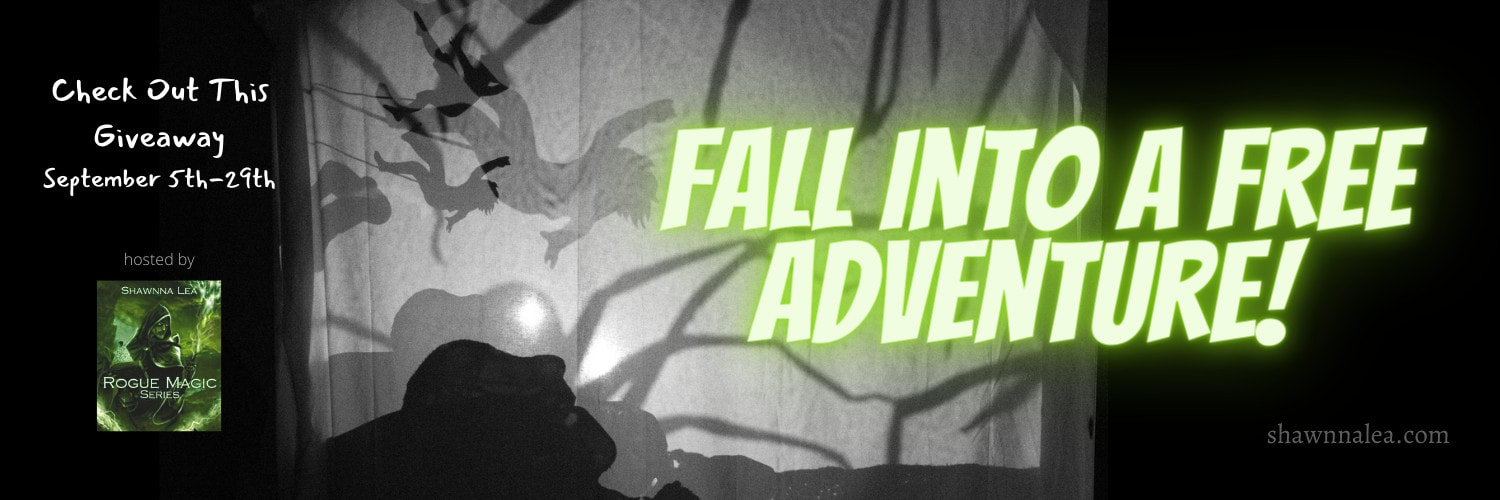|
Someone once told me that the knife-throwing game in the first book of the Son of No Man series was a great way to symbolize the Northlander War. Sure, it fit. Carsh didn't know the rules (like Tohmas not knowing the whole story about the way), and some of the victory was in how flashy the goal was achieved. And in the end, it's close, very close. So ok, I see it. The problem is, I didn't write it on purpose as a symbol at all.
I'm not sure if I do these things unconsciously, or if people just see it in places it wasn't because they are looking for it! I love when these things come together, far more than putting deliberate symbolism in and making it sound too contrived. I think that comes from my English classes in high school. I generally did well in school, but my lowest mark was in English class for a while. Not because of the rules of writing, as I knew those, but because English required me to do something no other class did: made me interpret the MEANING of things. That was something my poor academic head couldn't do well. There was no right or wrong answer, at least in theory. I suppose if there had been NO wrong answers, I would have done better. But it made me work hard in English class, seeking to understand the stories or poetry because I figured if I just tried hard enough, I would get it. But when I read about a horse bite, I thought it was a person getting bitten by a horse. I didn't understand the deeper meaning. Symbolism was lost on me. I kept getting things "wrong." I eventually learned how to play the game. I figured out the patterns, and even if I didn't believe it, I could throw together a good argument. I didn't like what we read or how we read, taking apart every syllable, but I learned how to do it. In my final year, I put those skills to work during a Provincial Exam practice. I wrote an essay that was essentially a person walking down a hallway. That was it. A man walks down the hallway, looks at doors. I coated the hallway in symbolism. Every door handle was unique: dented, tarnished, or freshly polished, yet seldom used. There were colours in everything. Red door frames that had been chipped where hands often passed. Blue, faded carpet. Flowers of bright, shining yellow peeling on a grey-black surface. You're doing it, aren't you? You're reading into those details. Dented- it's been used but not repaired. Was there violence? Tarnished- old, worn, not replaced. Something valuable and kept well past its time. Red frames- anger, perhaps blood. Peeling paint of the flowers- once chipper but losing to the pressures of the real-life grey. The specifics turned the entire thing into a perfect metaphor. Only it was a metaphor of nothing. It meant nothing. I had no message. It was just a very well-described hallway, but it got me a damn good mark. My point is not that it's not worth putting in symbolism, but rather that, as readers, we must be aware of the bias we bring into our interpretation of things. Because it's not always about the author and what THEY meant. It's about what YOU see as the reader. It's what YOU get out of it in the end.
1 Comment
Peter
17/9/2021 12:49:24 pm
Or, in other words, "The curtains were blue."
Reply
Your comment will be posted after it is approved.
Leave a Reply. |
D. Lambert, authorFantasy novels that entice, inspire, and entertain. Archives
May 2024
Categories |




 RSS Feed
RSS Feed